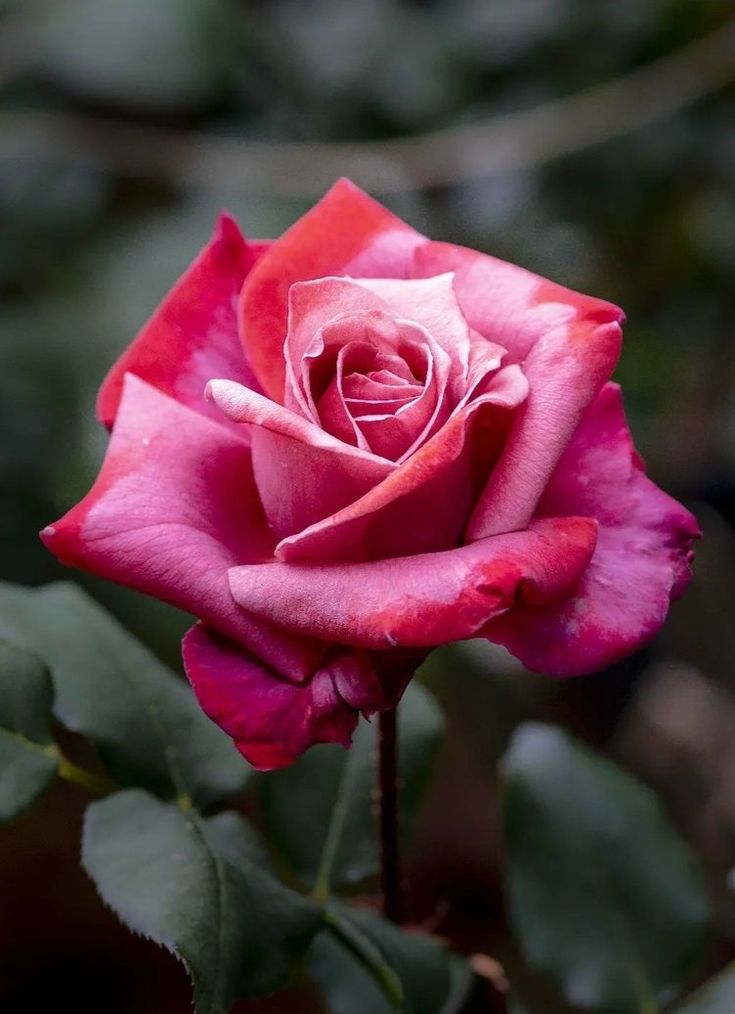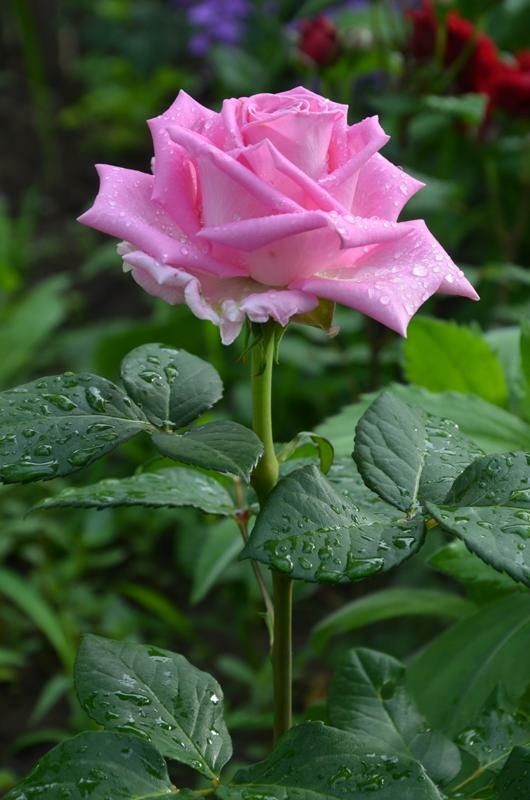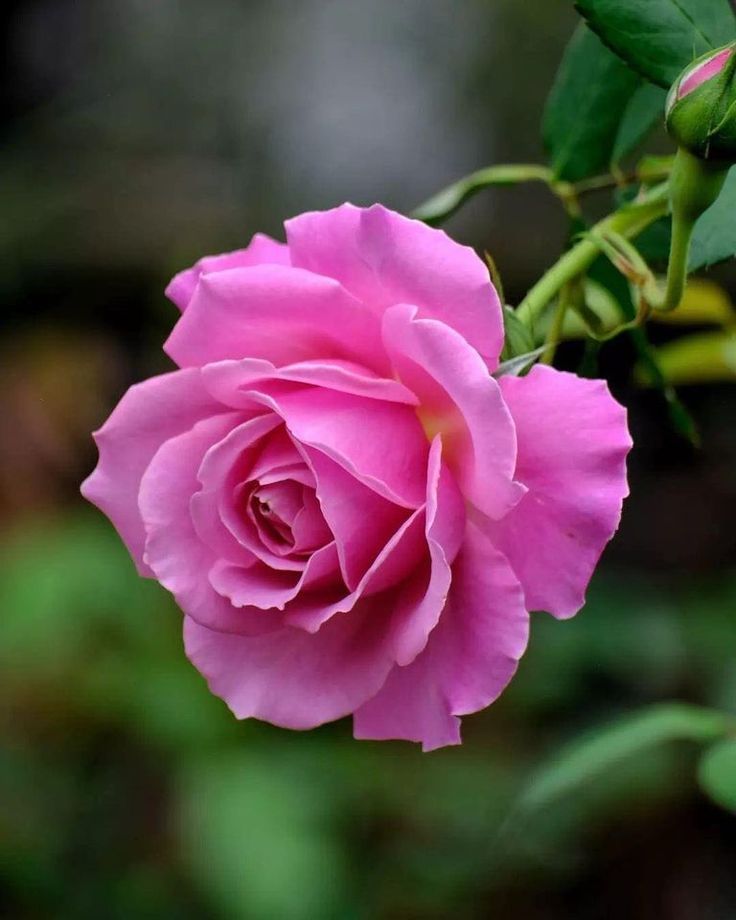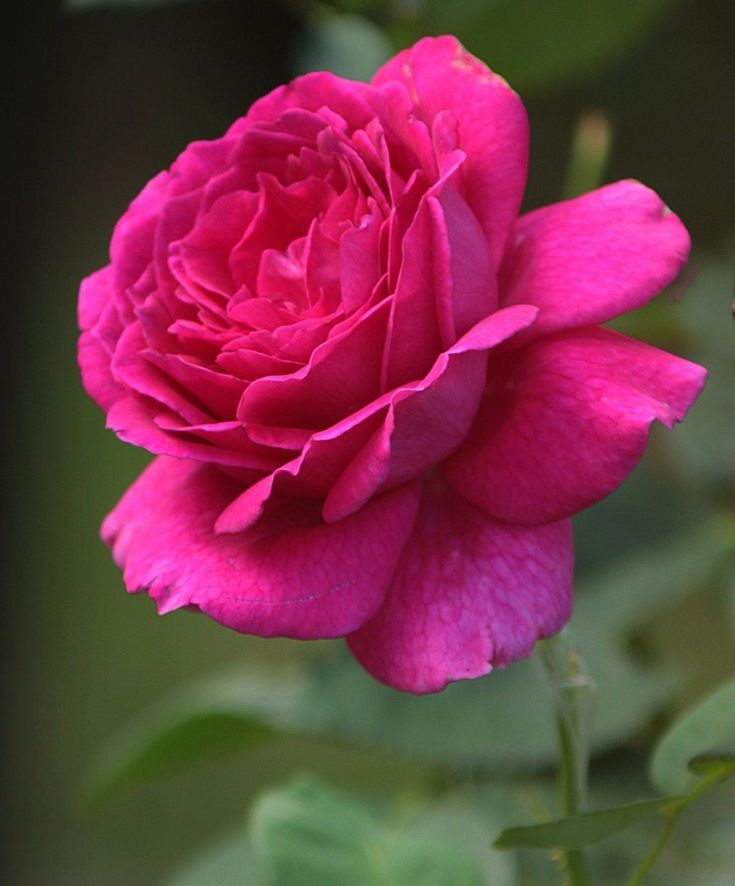Proper spacing is essential for promoting healthy growth, optimal air circulation, and stunning visual impact in a rose garden. Achieving the ideal spacing between rose plants ensures they have ample room to thrive, reducing competition for nutrients and sunlight. In this guide, we’ll explore the optimal spacing considerations for planting rose plants, allowing you to create a garden brimming with beauty and vitality.










Factors Influencing Spacing
**1. *Rose Variety*
- Consider the mature size of the rose variety you intend to plant. Different rose types, such as hybrid teas, floribundas, and shrub roses, have varying growth habits and space requirements.
**2. *Growing Conditions*
- Take into account the local climate, soil fertility, and sun exposure of your garden. These factors influence the vigor and size of rose plants, affecting their spacing needs.
**3. *Garden Design*
- Plan your garden layout to accommodate the desired aesthetic and functional elements. Consider the overall design, pathways, and focal points when determining the spacing between rose plants.
General Spacing Guidelines
**1. *Spacing Between Plants*
- Plant roses approximately 2 to 4 feet apart, depending on the variety and growth habit. This provides sufficient room for each plant to develop a healthy root system and mature canopy without overcrowding.
**2. *Row Spacing*
- Space rows of rose plants at least 3 to 5 feet apart to allow for adequate airflow and access for maintenance tasks such as pruning, deadheading, and fertilizing.
**3. *Border and Edging Roses*
- For border or edging roses, maintain a spacing of 1 to 2 feet between plants. This creates a cohesive border while allowing individual plants to thrive and showcase their beauty.
Special Considerations for Climbing and Rambling Roses
**1. *Support Structures*
- Plant climbing and rambling roses near sturdy support structures such as trellises, arbors, or fences. Provide ample space for these vigorous climbers to spread and ascend, typically 4 to 6 feet apart.
**2. *Horizontal and Vertical Spacing*
- Allow climbing and rambling roses to spread horizontally along the support structure while maintaining vertical spacing between plants. Aim for 2 to 3 feet of vertical spacing to prevent overcrowding.
**3. *Training and Pruning*
- Regularly train and prune climbing and rambling roses to maintain their desired shape and size. This helps control growth and prevents overcrowding of neighboring plants.
Tips for Planting Roses
**1. *Prepare the Soil*
- Ensure the planting area is well-prepared with fertile, well-draining soil. Amend the soil with organic matter such as compost or aged manure to improve soil structure and fertility.
**2. *Dig Proper Planting Holes*
- Dig planting holes twice as wide and deep as the rose root ball. This provides ample space for root development and allows room for backfilling with soil.
**3. *Watering and Mulching*
- Water newly planted roses thoroughly and apply a layer of organic mulch around the base to conserve moisture, suppress weeds, and regulate soil temperature.
Signs of Proper Spacing
**1. *Healthy Growth*
- Well-spaced roses exhibit healthy growth with vigorous stems, lush foliage, and abundant blooms. Each plant has ample access to sunlight, air circulation, and nutrients.
**2. *Minimal Competition*
- Properly spaced roses experience minimal competition for resources such as water, sunlight, and nutrients, allowing them to thrive and reach their full potential.
**3. *Aesthetic Harmony*
- Optimal spacing creates a visually appealing garden landscape with balanced proportions and well-defined planting beds. Each rose plant contributes to the overall beauty and harmony of the garden.
Conclusion
By following these spacing guidelines and considerations, you can create an enchanting rose garden that delights the senses and enhances the beauty of your outdoor space. With proper spacing, each rose plant has the opportunity to flourish and showcase its unique charm, creating a captivating tapestry of color, fragrance, and elegance.
FAQs About Rose Plant Spacing
- Q: Can I plant roses closer together for a fuller look?
- A: While it may be tempting to plant roses closer together for a fuller look, overcrowding can lead to poor air circulation, increased disease susceptibility, and stunted growth. It’s important to maintain adequate spacing to promote healthy development.
- Q: How much space do I need to leave between rose plants in a container?
- A: In container gardening, allow at least 12 to 18 inches of space between rose plants to accommodate their root systems and ensure proper airflow. Choose a container size that provides ample room for root growth and stability.
- Q: Can I transplant roses if they were initially planted too closely together?
- A: Yes, you can transplant roses if they were initially planted too closely together. However, take care to minimize root disturbance and provide adequate spacing in the new planting location. Follow proper transplanting techniques to ensure the plants’ health and survival.